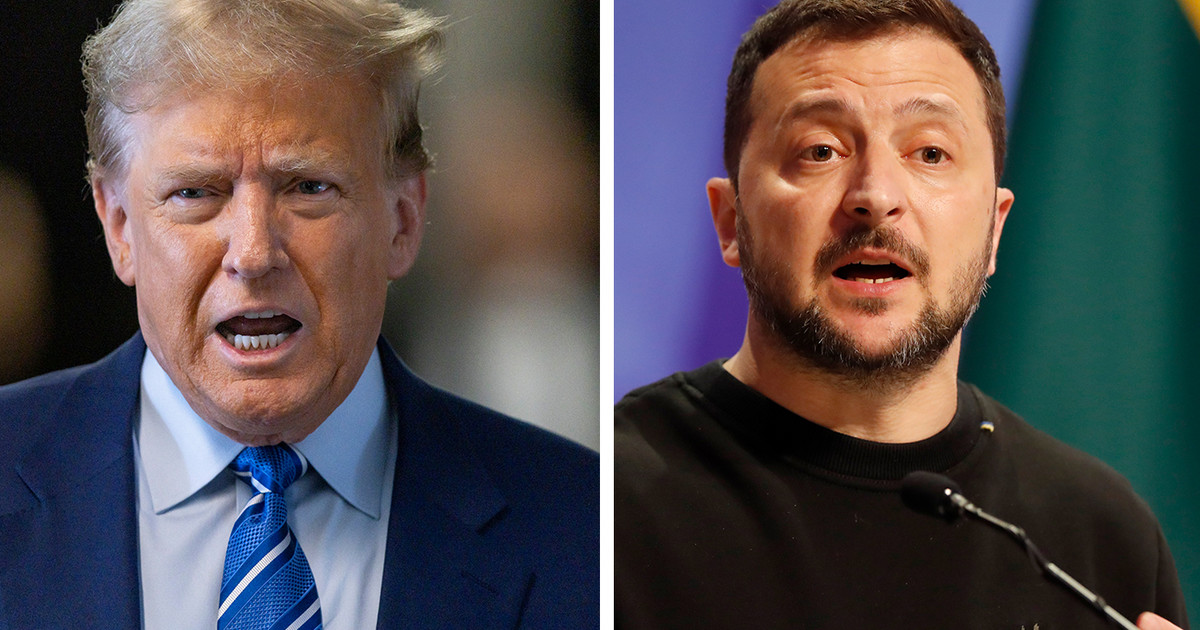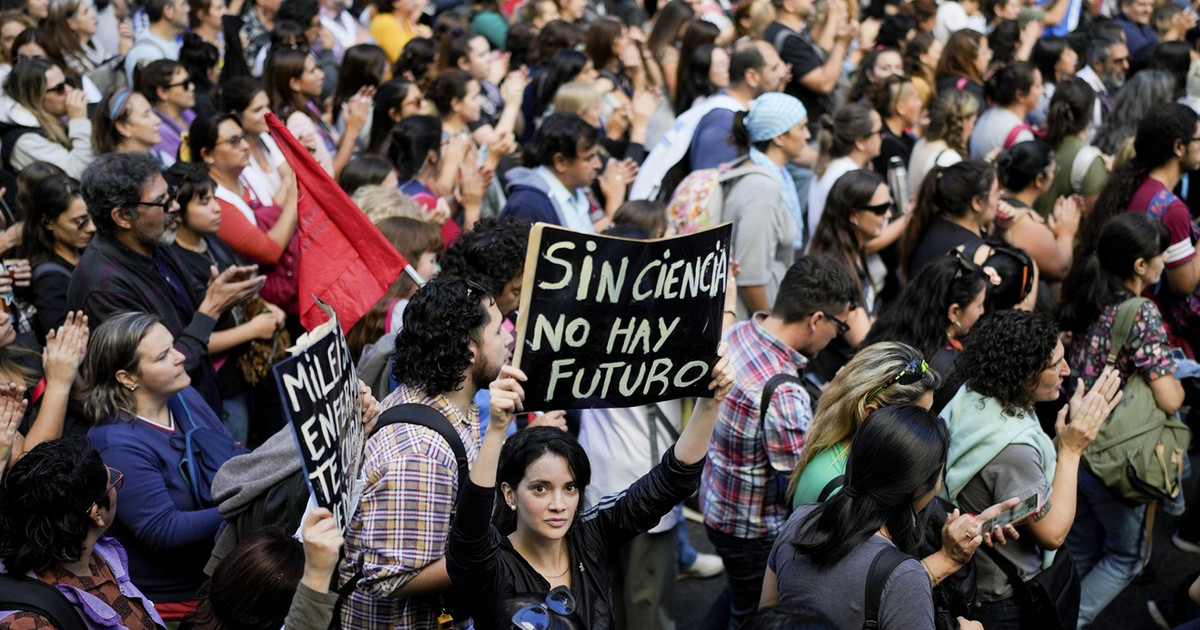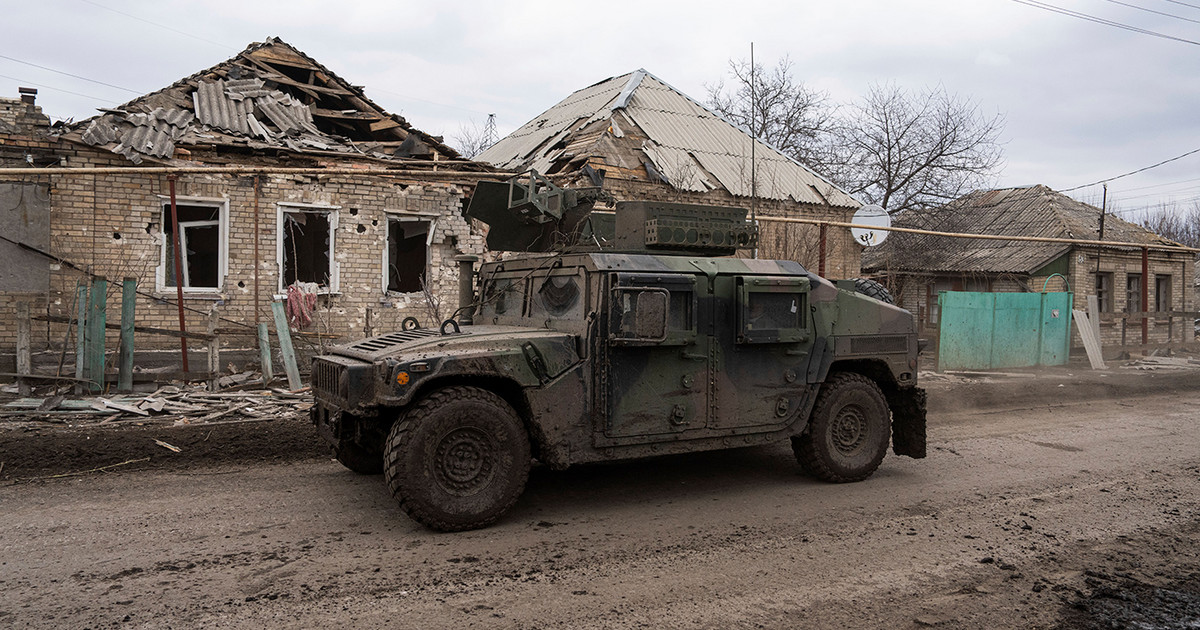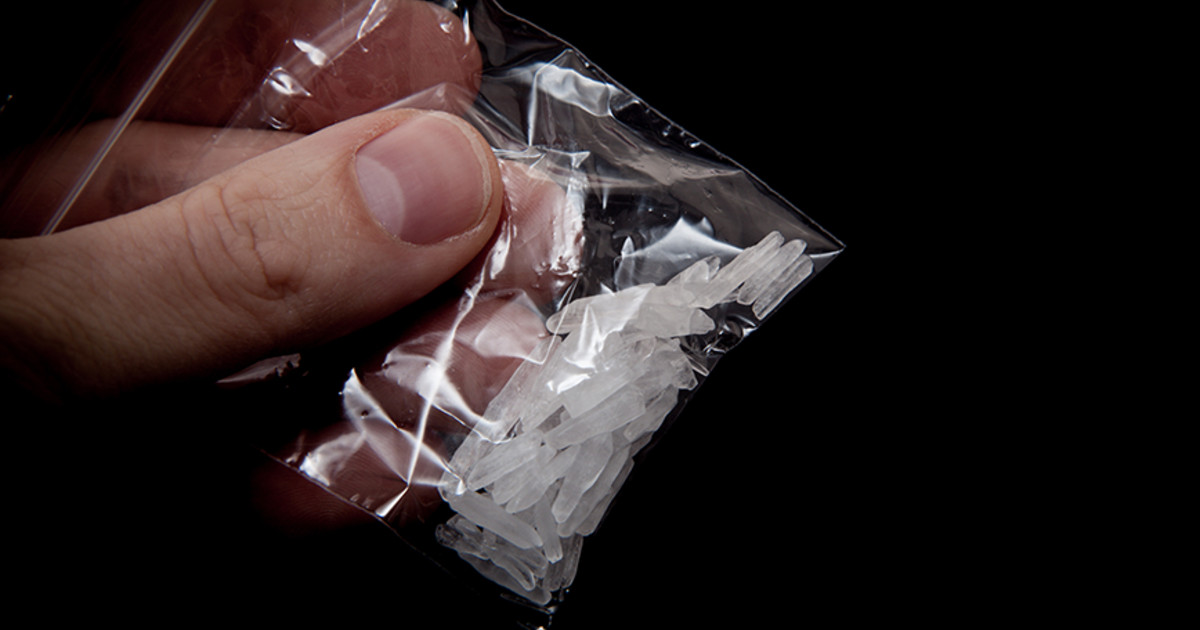The diagnostic test for monkey pox was included by National Supplementary Health Agency (ANS) in the list of procedures that must be covered by private health plans.
The measure appears in a new normative resolution approved last Monday (19).
Known internationally as monkeypox, monkeypox is endemic in regions of Africa and has become a health concern due to its spread in several countries since May.
In Brazil, there are already 7,019 cases and two deaths, according to data released this Tuesday morning (20) by the Ministry of Health .
According to the normative resolution, the plans must cover the tests of the beneficiaries who present a medical indication. The examination is performed from fluid samples collected directly from lesions that manifest on the skin, using a dry swab.
The analyzes make it possible to detect the presence of the virus that causes the disease.
According to a note released by the ANS, the incorporation of the test is part of the dynamic process of reviewing the list, which has already been modified 12 times in 2022, ensuring mandatory coverage of 11 procedures and 20 drugs.
Last year, changes were approved to the upgrade process. Until then, the list was renewed every 2 years.
With the change, the proposals began to be analyzed on an ongoing basis by the technical area of the ANS, which evaluates varied criteria such as proven clinical benefits, alignment with national health policies and the relationship between cost and effectiveness.
“The inclusion of the complementary exam in the list of mandatory coverage was made in an extraordinary way, given the scenario of the disease that currently places Brazil among the six countries with the highest number of confirmed cases in the world”, records the note released. by the ANS.
Streaming
There are two known strains of monkeypox. One of them, considered more dangerous because it has a fatality rate of up to 10%, is endemic in the Congo Basin region. The other, which has a case fatality rate of 1% to 3%, is endemic in West Africa and is what has been detected in other countries in this current outbreak.
It usually produces mild clinical conditions and is caused by a poxvirus of the orthopoxvirus subgroup, as is the case with other diseases such as cowpox and smallpox, eradicated in Brazil in 1980 after massive vaccination campaigns.
Monkeypox was first described in humans in 1958. At the time, monkeys were also being affected, and they died. That’s why the name refers to the animal. However, in the transmission cycle, they are victims like humans. In nature, wild rodents probably represent the animal reservoir of the virus.
Between people, transmission occurs through direct contact, such as kissing or hugging, or through infectious wounds, crusts or body fluids, in addition to respiratory secretions. The incubation time of the virus varies from 5 to 21 days. The most characteristic symptom is the formation of painful rashes and nodules on the skin. Fever, chills, headache, muscle aches, and weakness may also occur.
Symptoms
After contamination, the first symptoms appear between 6 and 16 days. Lesions progress to the crust stage, drying and falling off after a period ranging from 2 to 4 weeks. The greatest risk of worsening involves immunosuppressed people with HIV/AIDS, transplant recipients, people with autoimmune diseases, pregnant women, lactating women, children under 8 years of age and patients with leukemia, lymphoma or metastasis.
The first occurrences of this international outbreak began in May in Europe and the United States. According to the latest bulletin from the World Health Organization (WHO), released on September 7, 52,996 have already been reported in 102 countries. 18 deaths were reported. In July, the WHO declared monkeypox a public health emergency of international concern.
There is no specific treatment for the disease. As a prevention, the affected person should be isolated until all wounds have healed. It is also recommended to avoid contact with any material that has been used by the infected. Another measure indicated by the health authorities is hand hygiene, washing them with soap and water or using gel alcohol.
Although vaccines for smallpox are effective in combating the outbreak of smallpox in monkeys, there is, for the moment, no forecast regarding a campaign for mass immunization, given the need to produce doses on a worldwide scale. As recommended by the WHO, priority should be given to health professionals and laboratory researchers. In August, the National Health Surveillance Agency (Anvisa) gave the go-ahead for Brazil to import the immunizing agent.
Source: CNN Brasil
I am an experienced journalist and writer with a career in the news industry. My focus is on covering Top News stories for World Stock Market, where I provide comprehensive analysis and commentary on markets around the world. I have expertise in writing both long-form articles and shorter pieces that deliver timely, relevant updates to readers.






